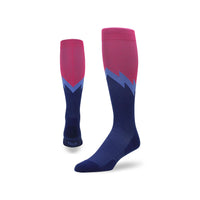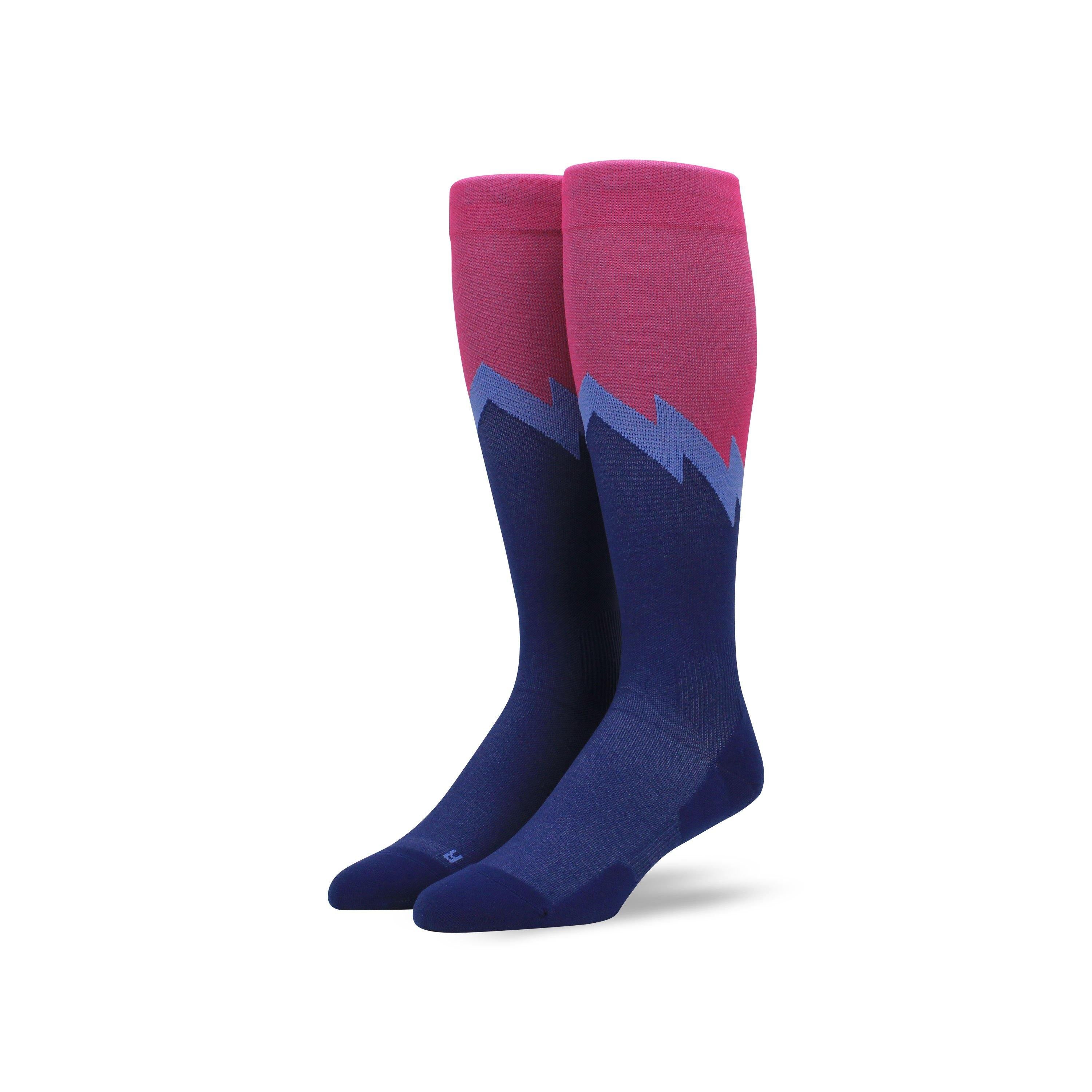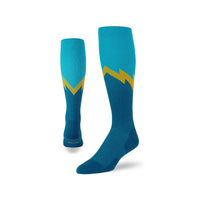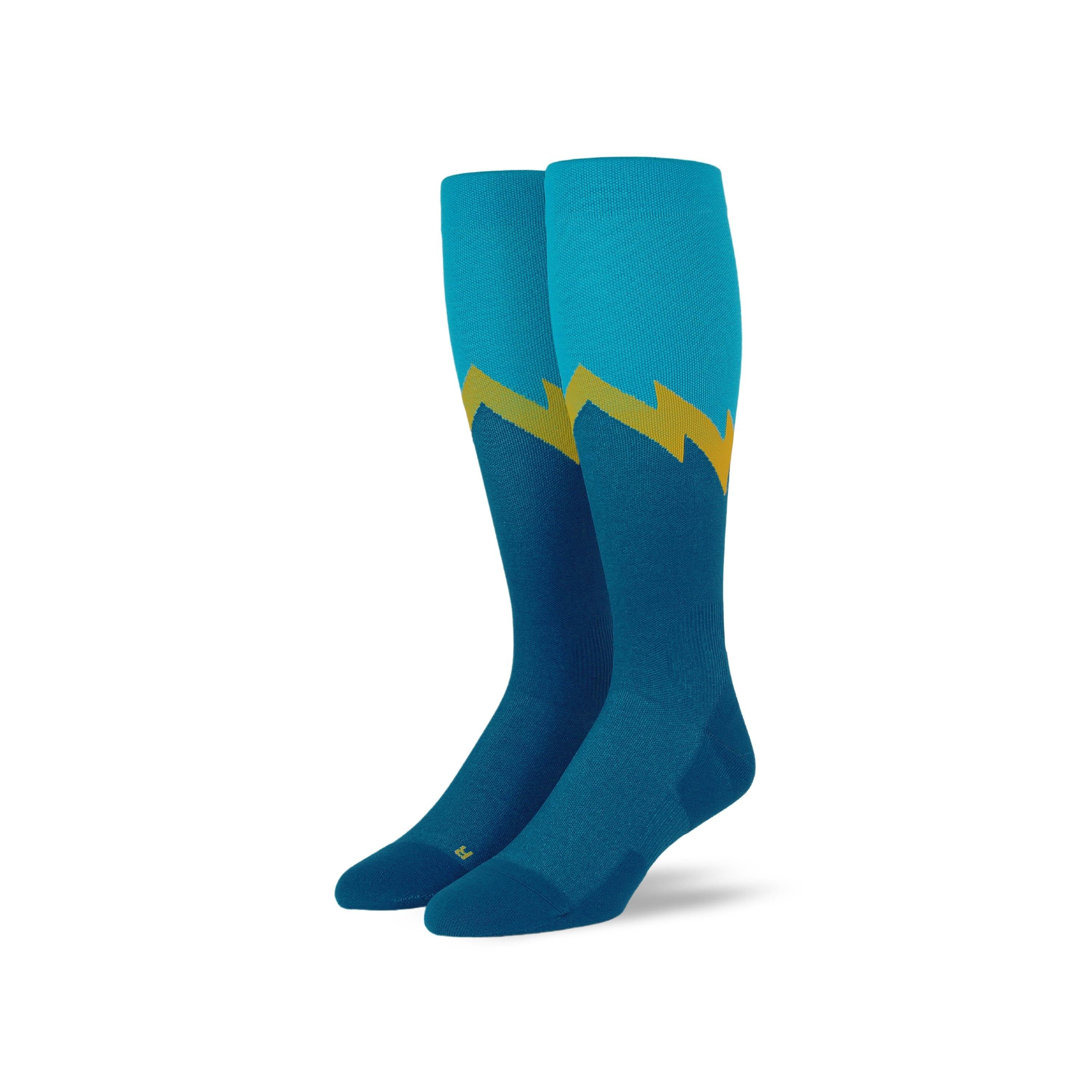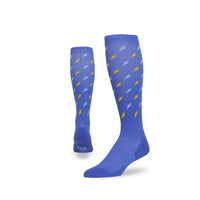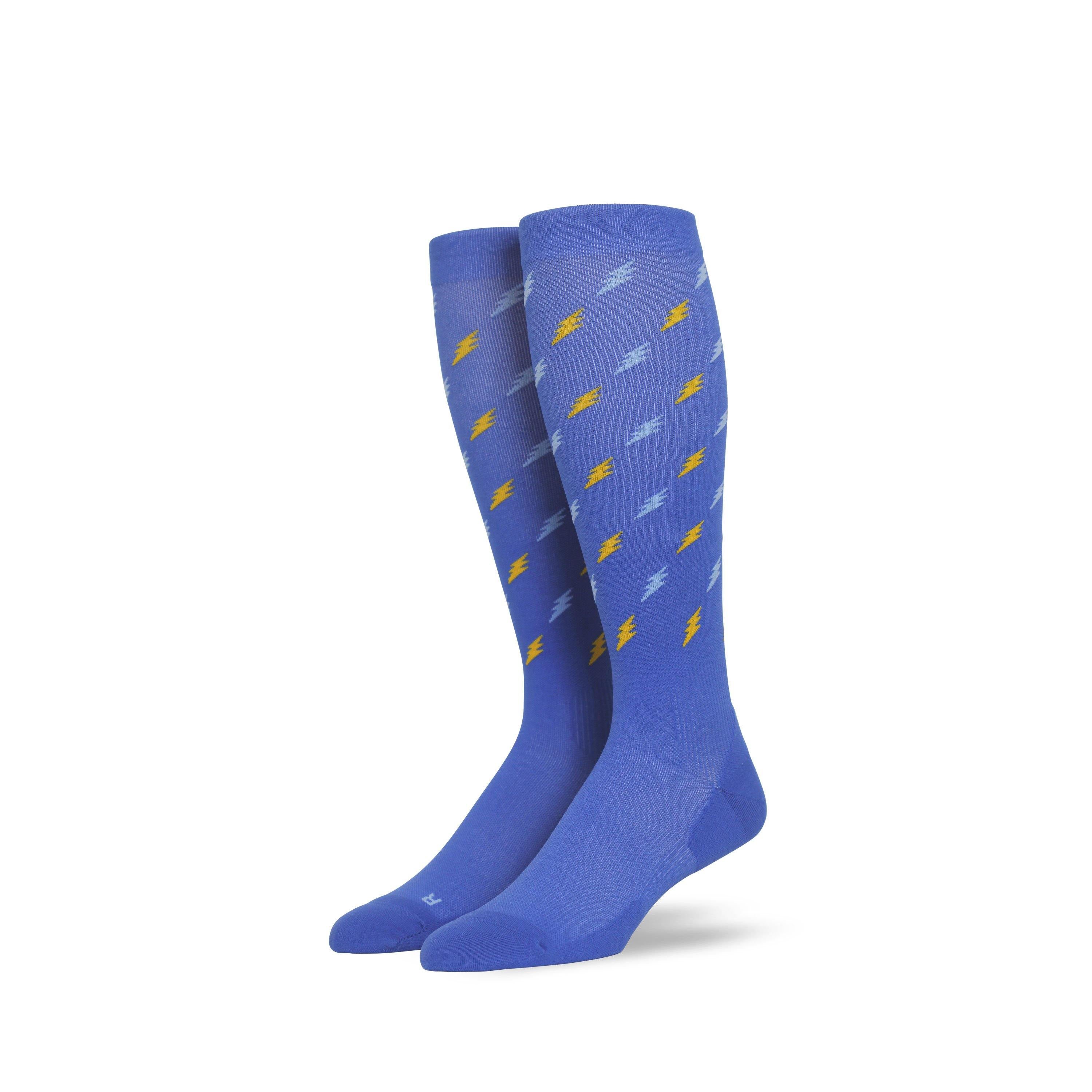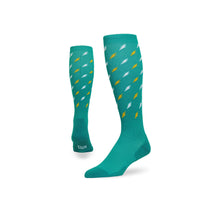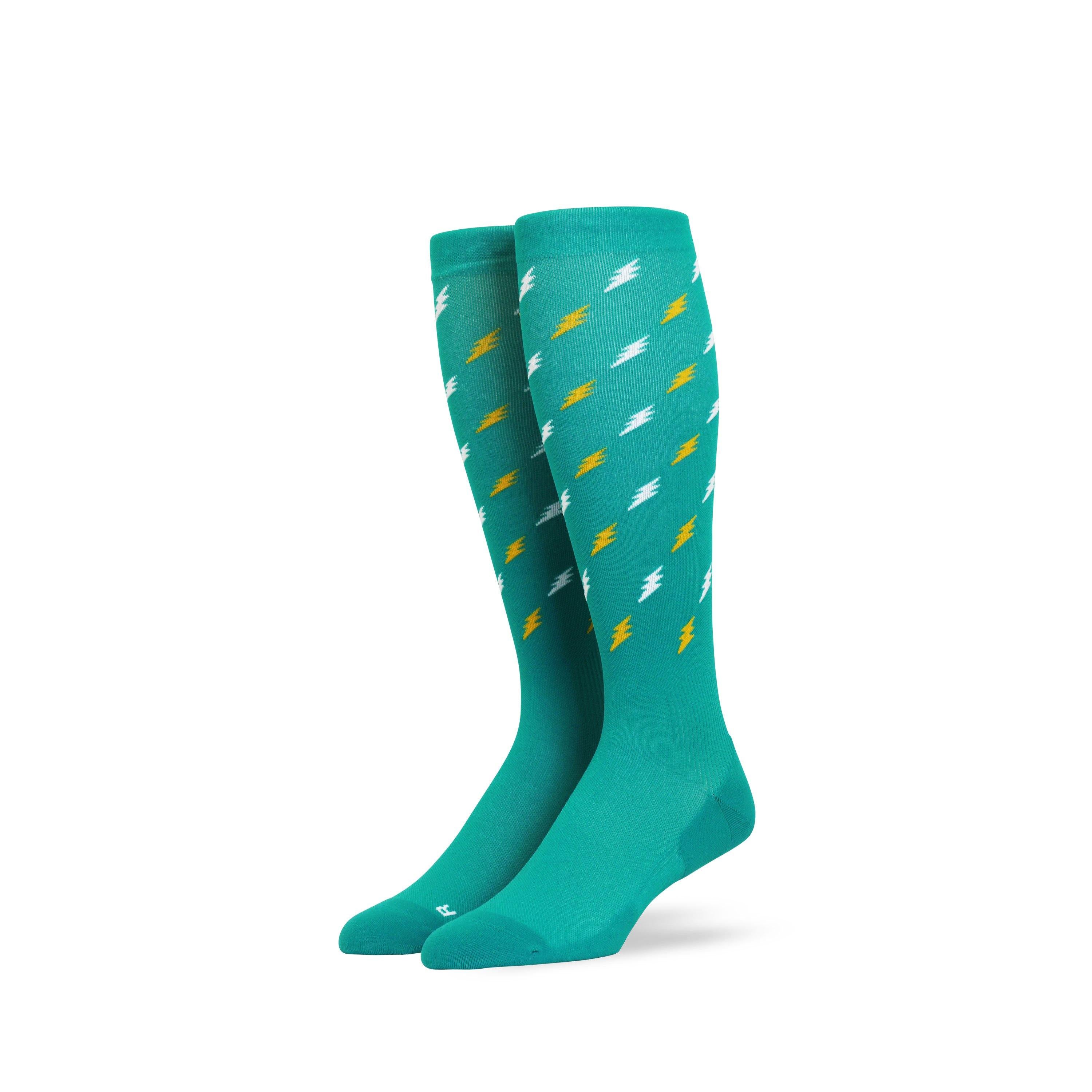Wearing Compression Socks for DVT
Compression socks play a crucial role in addressing blood circulation problems that can lead to deep vein thrombosis (DVT), a common and dangerous issue. Our legs, responsible for supporting most of our body weight and facilitating our daily movements, are susceptible to such health concerns. Therefore, it is vital to prioritize the prevention and management of DVT by incorporating compression socks into our leg care routine. These specialized socks provide the necessary support and compression to improve blood flow, reducing the risk of DVT and promoting overall leg health.
Compression Socks for DVT and Other Circulation Problems
Deep Vein Thrombosis (DVT)
Deep vein thrombosis, or DVT for short, is when you develop a blood clot in your vein. It commonly occurs in the veins deep within your legs, which is why people that wear compression stockings are less at risk of developing DVT and other types of blood clots. Any sort of blood clot can be severe because if they come loose, they can travel to other parts of your body through the bloodstream, potentially getting lodged in your lungs. If this happens, it's called a pulmonary embolism, a life-threatening condition that must be treated immediately.
Varicose Veins
When it comes to blood flow issues in the legs, the most common and well known is varicose veins. While the name is common knowledge, spotting it isn't. Varicose veins present themselves as large, bumpy, can sometimes be twisted, and are distinguishable by their blue or dark purple color. Due to the swelling, blood flow in these veins is heavily restricted, causing pain and discomfort, leading to more severe issues if left untreated. We've written extensively about the benefits of compression socks for varicose veins and highly recommend them to help reduce and prevent them.
Lymphoedema
Lymphoedema is another issue that can cause serious circulation issues in the legs. This condition is characterized by swelling of the skin, creating pressure on the veins, and restricting blood flow. Again, this issue will present itself with discomfort and pain, but if left untreated can develop into something much more serious.
All three of these issues are very serious. Should you notice either of these symptoms, even if they are minor, book an appointment with your local family doctor. You can never be too careful when it comes to issues such as these.
How Do Compression Socks Work to Treat Swelling?
Compression socks are exactly what you would think. They are knee-high socks that apply pressure to the leg to improve circulation. The pressure they apply to your leg will increase blood flow, ease the burden on your veins, and reduce any discomfort being caused. This is why doctors commonly prescribe medical-grade compression socks for edema and other circulatory issues, along with other medication or exercise regimes.
If your doctor decides compression socks are right for you, they will examine your leg, taking measurements, and seeing if both legs are as bad as each other. They will also ask you to try on a pair to make sure they fit properly before taking them home.
How Long Will You Wear Them?
Once you start wearing compression socks, you will want to go back to your doctor to monitor your progress regularly and get new socks fitted if needed.
But unlike some other treatments, compression socks are not a one and done deal. You could be wearing them for months or years. In some cases, people have to wear them for the rest of their life to avoid circulatory issues. But this does not apply to all instances of compression socks.
Sometimes surgeons will prescribe compression socks to surgery patients that are recovering and lack mobility. If this is the case, doctors recommend you wear the socks both day and night until you feel your movement is back to where it started.
Another time you will want to be wearing your compression socks is when you are flying. Sitting down for long periods in a small, uncomfortable seat can play havoc on your legs. Make sure you have a pair with you on your flight.

